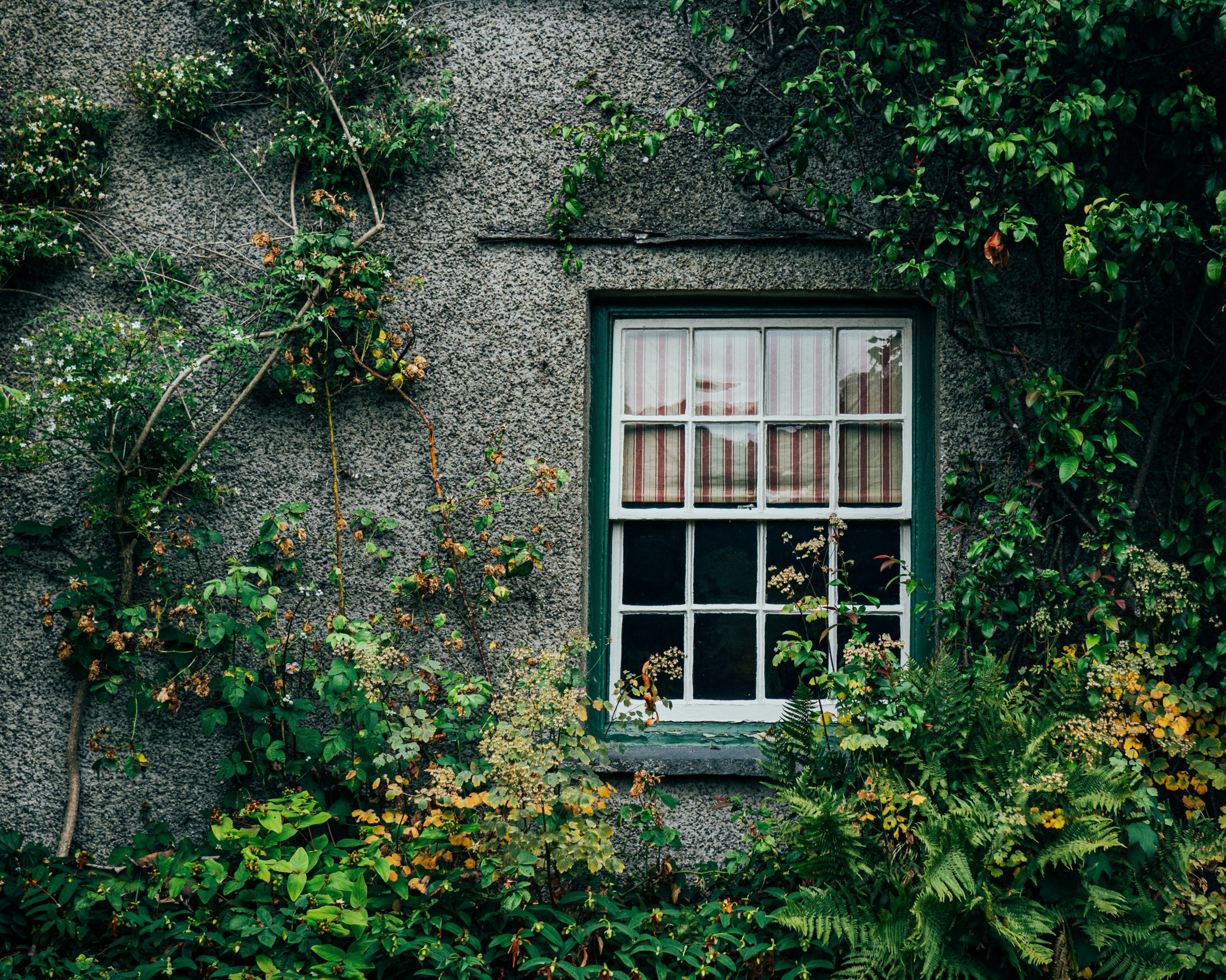How do you Modernise a Pebble Dash house?
Modernizing a pebble dash house can be a challenging task due to the textured finish and potential issues hidden beneath it. There are a few approaches you can consider to update the appearance of your home:
If you dislike the pebbledash look and want a fresh start, consider complete removal. This task is complex and best left to professionals.
They will carefully remove the old pebbledash and apply a new render directly onto the bare bricks. You can opt for colored render to avoid the need for repainting or sand and cement render, which will require painting afterward.

Ensure you hire a reputable builder for this job. Beware of unscrupulous builders who may try to cut corners by applying render over the existing pebbledash.
This hasty approach can lead to structural issues, trap moisture, and hinder the operation of windows and doors. It’s crucial to choose a professional who will do the job correctly.
If you prefer to keep the pebbledash but want a more modern look, painting it can be a viable option. Prior to painting, ensure all necessary repairs, such as fixing cracks, are completed.
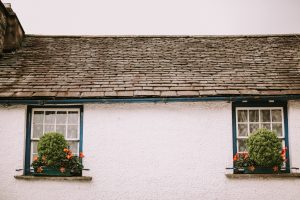
Spraying is the preferred method for this heavily textured surface, as brushes and rollers may not achieve the desired results.
Modernizing a pebble dash house involves careful consideration of whether to remove or paint over the existing finish.
Regardless of your choice, professional workmanship is crucial to ensure a successful and aesthetically pleasing transformation.
Is Pebble Dash still used?
Pebble dash rendering, which gained popularity between the 1890s and 1930s due to its durability and affordability, remains in use today.
Originally favored for its cost-effectiveness, it became a common choice post-war to conceal subpar construction work.
Over time, pebble dash has faced criticism for its water-resistant properties and perceived unattractiveness, with concerns raised about its potential negative impact on property values.
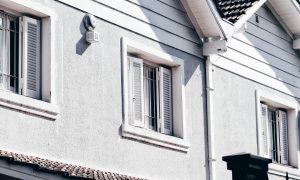
In contemporary discourse, experts distinguish between the post-war pebble dash, composed of aggregate, asphalt, and sand, and roughcast rendering, which involves placing larger stones on walls and applying a subsequent paint coat.
They generally agree that various pebble dash techniques can be suitable in specific circumstances.
Builders still employ pebble dash for exterior wall finishes, not only in the United Kingdom but also in different parts of the world.
What is the best way to paint over pebbledash?
To achieve the best results when painting over pebbledash, follow these steps for a smooth and efficient process:
Employ a paintbrush or roller with an extended handle to access the small pebble-textured areas effectively. This ensures thorough coverage while reaching into the crevices of the surface.
Commence painting at the bottom of the wall and gradually work your way upward. This method helps prevent drips and allows you to manage the paint application more easily.

Pay close attention to ensure that every part of the pebbledash surface is fully covered with paint.
The texture can make it challenging to achieve consistent coverage, so take your time to do it meticulously.
By using the right tools and following these steps, you can successfully paint over pebbledash, providing your home with a refreshed appearance while maintaining the unique texture of the surface.
What are the disadvantages of pebbledash?
Pebbledash has a couple of drawbacks, one of which is its susceptibility to dampness. Dampness can manifest in two forms: rising damp and penetrating damp.
Rising damp arises from moisture coming up from the ground, while penetrating damp occurs when water infiltrates the exterior walls.
Cracks in the pebbledash can allow moisture to penetrate the wall, leading to dampness.

Although pebbledash primarily serves as a protective barrier for walls, it is also frequently used to conceal existing wall damage.
When the protective pebbledash layer develops cracks, moisture can seep into the underlying wall, gradually exacerbating the issue.
These cracks typically develop when the pebbles become dislodged since they are merely pressed onto the mortar, rather than being fully integrated into it.
What is the benefit of Pebble Dash?
Pebble dash offers a range of compelling advantages for your house or building:
Pebble dash walls are exceptionally durable and demand minimal upkeep once applied. This makes it an ideal choice for rental properties or households looking to avoid frequent and costly maintenance.
It provides an additional layer of reliable protection to your property’s exterior, effectively shielding it from liquid moisture infiltration, particularly during rainy seasons. This enhances water-shedding capabilities and reduces the risk of interior damage.
Pebble dash boasts high impact resistance, making it resilient against wear and tear. This feature is especially beneficial for families, as it can withstand activities like children playing ball games against the wall without sustaining damage.
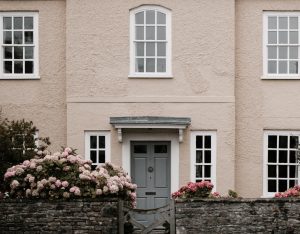
Pebble dash also offers aesthetic benefits, enhancing the visual appeal of your property.
Designers and architects have a wide range of colours and textures to work with, allowing for creative customization.
It provides protection against harsh weather conditions while also contributing to insulation, helping maintain a comfortable interior temperature.
In summary, pebble dash is a versatile and practical choice that not only fortifies your property but also adds to its visual charm, making it a well-rounded option for various building projects.
Is it OKAY to render over pebbledash?
It is possible to apply a new render over pebbledash, but certain conditions must be met for a successful outcome. The existing pebbledash surface should be firmly adhered, and any areas with poor adhesion should be removed and repaired.

Extensive cleaning and preparation are necessary to ensure proper bonding of the new render. Additionally, if more than a quarter of the wall’s surface is removed during this process, it may be required to upgrade the wall’s insulation to meet current building regulations.
Is pebble dash cheaper than render?
In terms of cost-effectiveness and ease of maintenance, render generally emerges as the more economical and manageable choice compared to pebble dash.
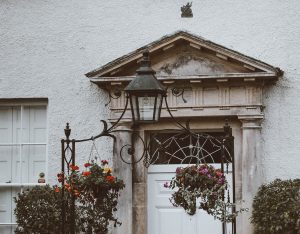
Render is easier to maintain, remove, and repair. However, it’s worth noting that pebble dash does offer a distinctive and aesthetically appealing finish to a home.
Does pebbledash devalue a house?
Pebble dash may not inherently diminish a property’s value, but it can deter certain prospective buyers due to its visual aesthetics. While some homes featuring pebble dash can be easily updated with a fresh coat of paint and minor enhancements, this isn’t always the case.
Consequently, some potential buyers might opt out of considering a property adorned with pebble dash, regardless of the relatively simple removal process.

In essence, pebble dash’s impact on property value hinges on personal preferences. Individuals who appreciate its appearance can rest assured that it is a robust and practical exterior finish with substantial potential.
Conversely, those who find it unappealing should evaluate the expenses associated with its removal in comparison to alternative wall finishes before committing to a renovation project.
How often should you paint Pebble Dash?
It’s important to consider that once you decide to paint pebble dash, you commit to a repainting schedule, typically every 2 to 3 years in the best-case scenario.

In contrast, spat dash, characterized by its sharp flint chips rather than smooth pebbles, poses a more challenging task when it comes to painting, making maintenance efforts even more demanding.
In summary, painting pebble dash requires periodic attention, with a repaint cycle of 2 to 3 years being the norm, while spat dash, due to its rough texture, presents an even greater painting challenge.
What is the lifespan of pebbledash?
Pebbledash typically boasts a longevity of 40 to 50 years. However, if you have a preference for an alternative exterior finish, you may consider its removal.
It’s essential to take action if you notice cracks, pebbledash detaching from the wall, or stones falling off.

Maintaining a deteriorating pebbledash is crucial, especially if the underlying bricks are in poor condition.
Check for any voids left by displaced stones, as these cracks can permit water infiltration, potentially leading to dampness issues.
